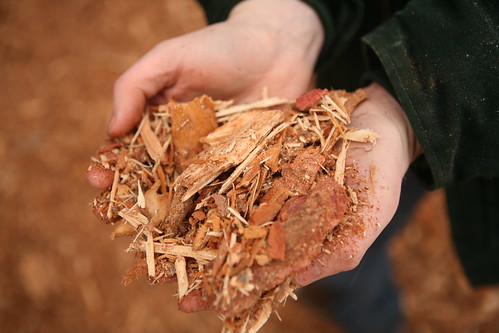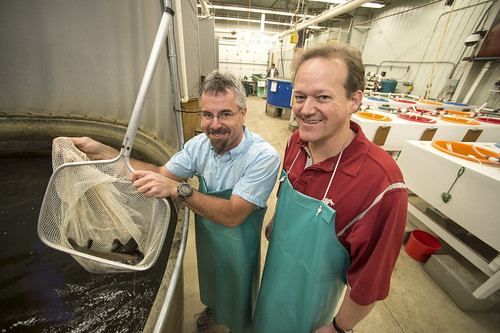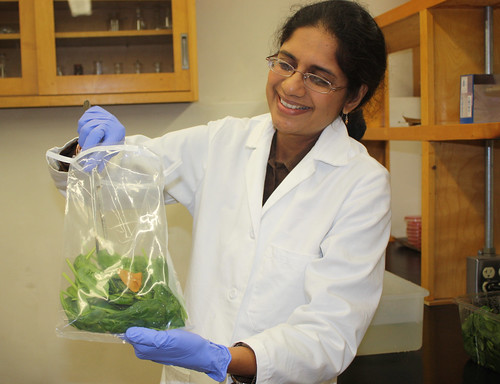This post is part of the Science Tuesday feature series on the USDA blog. Check back each week as we showcase stories and news from USDA’s rich science and research portfolio.
The National Institute of Food and Agriculture (NIFA) invests in agricultural sciences that turn research into action by taking groundbreaking discoveries from laboratories to farms, communities, and classrooms. Scientific advances that result from NIFA-funded research – more than $1.5 billion in fiscal year 2015 – enhance the competitiveness of American agriculture, ensure the safety of the nation’s food supply, improve the nutrition and health of communities, sustain the environment and natural resources, and bolster the economy. The following blogs are examples of the thousands of NIFA projects that impact the lives of Americans every day.
1) Breeding program brings better, safer corn to South
Growing corn in Texas can be tough. Drought can stress the plants, and when plants are in a stressed weakened condition, they are susceptible to aspergillus flavus, which produces aflatoxin, a toxic and carcinogenic compound dangerous to animals and humans. Researchers crossed tropical corn genes with the temperate corn, which enabled the team to find genes that benefit yield in both irrigated and dryland conditions. As a result, yield increased 15 bushels an acre and the more stress-resistant plants stand up better against A. flavus.

2) Fueling our future, from wood to wing
Growing concerns over energy independence and the environment is causing commercial airlines to look for secure and reliable alternative jet fuels that reduce global emissions. With a $39.6 million grant from the USDA’s National Institute of Food and Agriculture, Alaska Airlines is planning to use 1,000 gallons of Northwest Advanced Renewables Alliance-produced biofuel in a demonstration flight scheduled for 2016.

3) Nothing fishy about probiotics
After searching 15 years for a way to combat a devastating disease among salmon and trout, researchers found an answer inside the fish itself. The team cultured a bacteria from the fish’s gut and found that it inhibited the growth of the organism that causes Coldwater Disease, which kills about a third of infected hatchery stock. In addition to preventing economic loss to the aquaculture industry, this discovery shows that using probiotics helps cut back on the use of antibiotics.

4) The new wave of wheat: Increasing resistant starch to improve health benefits
Carbohydrates present a problem for many who struggle with health issues brought on by obesity. With this in mind, researchers are introducing changes into durum wheat genes that can increase resistant starch content by more than 750%. Resistant starch is an important component of dietary fiber with many health benefits, including reduced blood glucose and insulin levels, an increased sensation of feeling full after a meal, lower cholesterol, and improved gastrointestinal health.

5) Improving the safety of leafy greens
Researchers have discovered natural methods to sanitize leafy greens using ingredients commonly found in the kitchen, such as oregano, cinnamon, and vinegar. Benefits of using plant antimicrobials and organic sanitizers are that they are natural, environmentally friendly, and less energy intensive since they are effective at both room and cold temperatures. The wash water containing plant compounds and organic sanitizers can also be recycled and reused without a loss in effectiveness.

